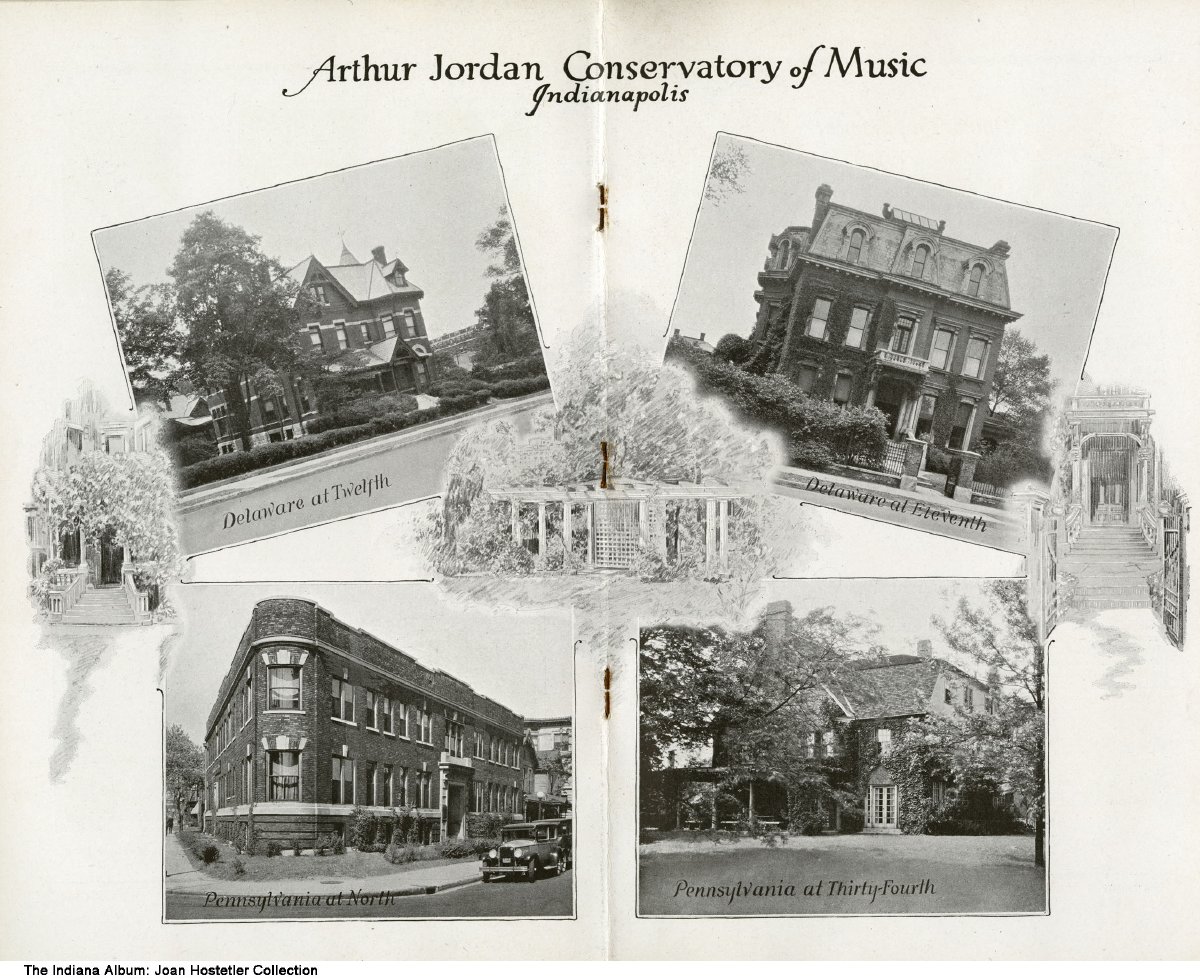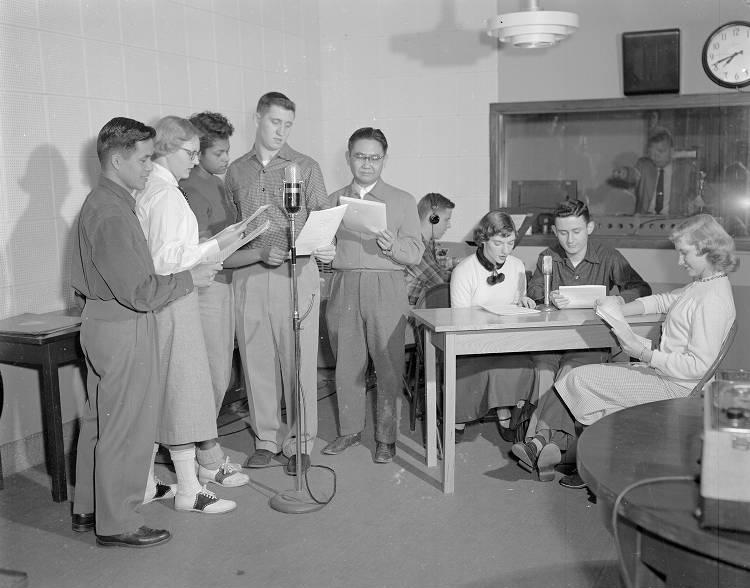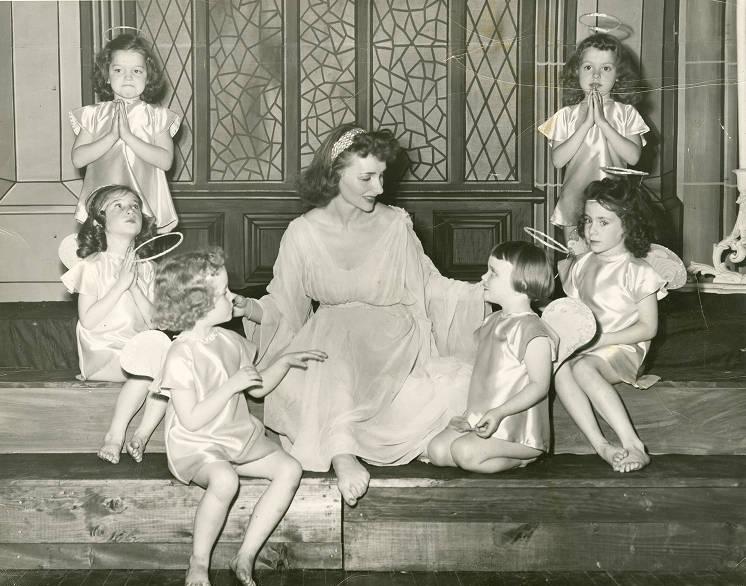On April 13, 1895, the Metropolitan School of Music was founded by four private music teachers and opened for the summer at 134 North Illinois Street. By 1907, the success of the Metropolitan School of Music required the construction of its own building at the intersection of Fort Wayne and North streets. That same year, Oliver Willard Pierce, one of the original founders of the school, left Metropolitan School and established the College of Musical Art in a building at 824 North Pennsylvania Street, adjacent to the then-new . For several years there was keen competition between the two schools.

With the retirement of Pierce in 1918, the College of Musical Arts and its building were sold and the name of the school changed to the Indiana College of Music and Fine Arts. Metropolitan School affiliated with in 1924, followed in 1927 by an affiliation of the renamed Indiana College with Butler.
In June 1928, purchased the two schools and consolidated them into the Arthur Jordan Conservatory of Music. The following November, Jordan, a successful businessman and philanthropist, purchased two large homes and properties at 1116 and 1204 North Delaware Street as the site for the construction of a costly conservatory of music building. (The two homes had previously been owned by the founders of two Indianapolis department stores, and .) In December 1928, Jordan established the Arthur Jordan Foundation, with assets of over $2 million (value of over $30 million in 2021). The foundation served as the board of trustees for the conservatory.

Radio studios and a certificate program were established in 1939, which led to the initial broadcast by as the university radio station in 1950. The year before, 1949, the conservatory’s name was changed to Jordan College of Music. This was followed by the merger of Jordan with Butler University in 1951 to become a college within the university. The college’s departments were dance, music, radio and television, and theater.
Major construction occurred on the Butler campus in the early 1960s, including a small broadcasting and transmitter building, a 400-foot tower for WAJC-FM, Lilly Hall as the home of the four academic departments, and , then home of the and site of the major performances by the college.

The availability of Clowes Hall during the next 30 years made possible numerous performances of instrumental and vocal ensembles and regular full evenings of ballet, including annual performances of . In addition, there were 22 consecutive , performances of Leonard Bernstein’s and Shakespeare’s , and a Soviet Arts Week.
The name of the college changed again in 1978 to the Jordan College of Fine Arts to reflect its wider scope plus the addition of art history offerings. In 1992, the radio and television department’s opportunities were greatly enhanced by the establishment of WTBU-Channel 69, Butler’s new television station. In 1993, the radio station was sold to promote better fundraising for more popular television offerings.
In 2012, the name of the organization was changed to the Jordan College of the Arts. The Jordan College of the Arts features three accredited programs, dance, music, and theatre. The College also has programs in art and art administration.
Over the years, Jordan College and its predecessors have graduated thousands of undergraduate majors and graduate students in the fields of dance, music, radio-television, and theater.

Help improve this entry
Contribute information, offer corrections, suggest images.
You can also recommend new entries related to this topic.




